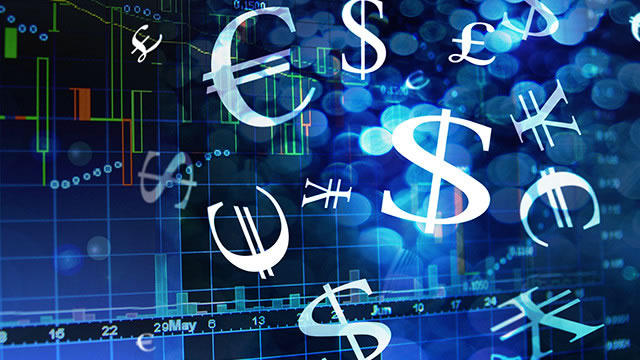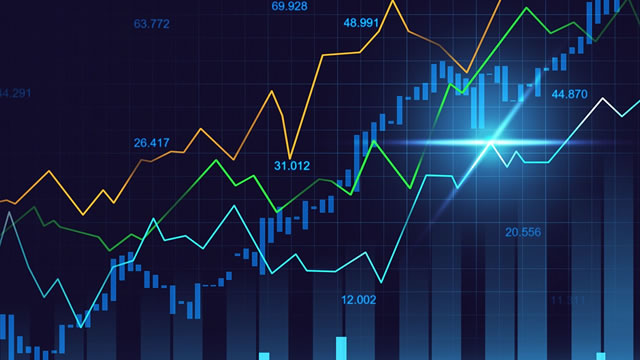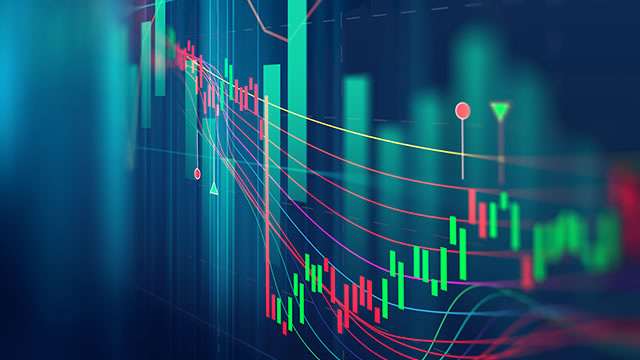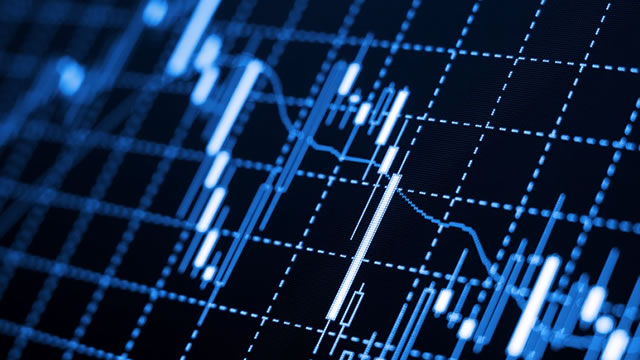Gold’s Uptrend: A Safe Haven Amidst Inflation and Slowing Growth
Lately, the price of gold has been on a steady uptrend, with traders seeking refuge in the precious metal as they grapple with the challenging economic environment. Amidst stagflationary risks, where inflation expectations rise while growth forecasts get revised lower, investors are turning to gold as a safe haven asset.
Rising Inflation Expectations
One of the primary reasons for gold’s recent surge is the increasing inflation expectations. Central banks around the world have been implementing loose monetary policies to stimulate economic growth, leading to an increase in the money supply. As a result, there is a fear that inflation could rise significantly, eroding the purchasing power of paper currencies.
Slowing Growth Forecasts
Another factor contributing to gold’s uptrend is the downward revision of growth forecasts. Economic uncertainty, driven by geopolitical tensions and trade disputes, has led to a slowdown in global growth. With investors growing increasingly risk-averse, they have been turning to gold as a safe store of value.
Impact on Individuals
For individuals, the uptrend in gold prices can have several implications. Here are a few:
- Hedge against Inflation: Gold is often considered a hedge against inflation. As the purchasing power of paper currencies decreases, the value of gold tends to increase. By investing in gold, individuals can protect their wealth from the eroding effects of inflation.
- Diversification: Gold can be an effective diversification tool in an investment portfolio. As a non-correlated asset, it tends to perform differently from other asset classes, such as stocks and bonds. By adding gold to their portfolio, investors can reduce their overall risk.
- Long-term Investment: Gold is typically considered a long-term investment. While its price can be volatile in the short term, over the long term, it has historically provided solid returns.
Impact on the World
The uptrend in gold prices can also have significant implications for the world at large:
- Central Bank Buying: Central banks around the world have been net buyers of gold in recent years. With inflation concerns on the rise, they may continue to add to their gold reserves, further increasing demand and pushing up prices.
- Emerging Markets: Gold is particularly important for emerging markets, where it is often used as a store of value and a hedge against currency depreciation. As inflation expectations rise in these countries, demand for gold is likely to increase, further driving up prices.
- Gold Mining Industry: The uptrend in gold prices is good news for the gold mining industry. Higher prices mean increased profits for miners, leading to increased exploration and production.
Conclusion
In conclusion, the steady uptrend in gold prices is a reflection of the challenging economic environment we find ourselves in. With inflation expectations on the rise and growth forecasts being revised lower, investors are turning to gold as a safe haven asset. For individuals, gold can provide a hedge against inflation, serve as a diversification tool, and be a long-term investment. For the world, the uptrend in gold prices can lead to increased central bank buying, increased demand from emerging markets, and increased profits for the gold mining industry.
As we move forward, it will be interesting to see how the economic environment evolves and how it impacts the price of gold. Regardless of what happens, one thing is certain: gold will continue to play an important role in the global economy.





